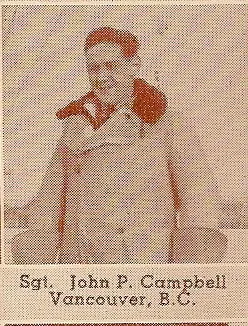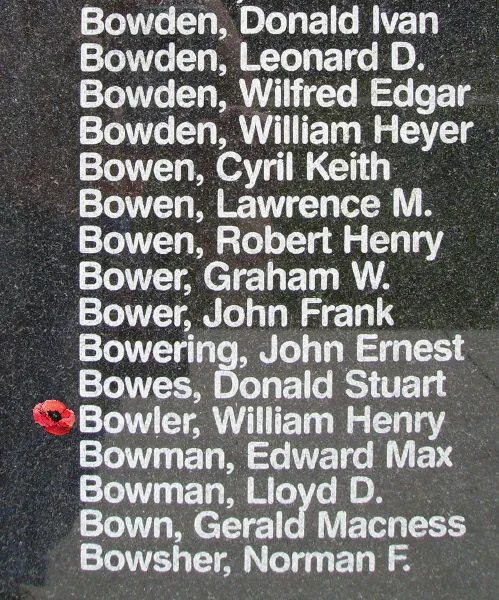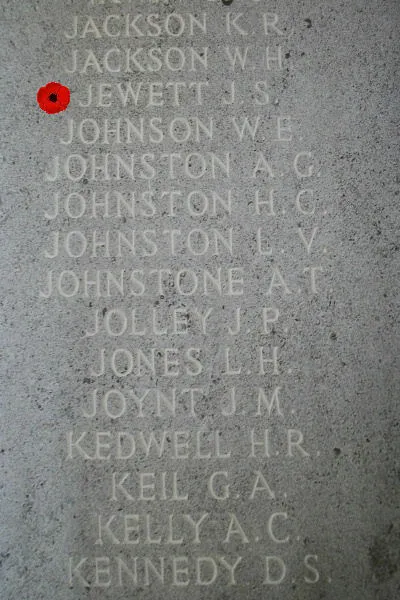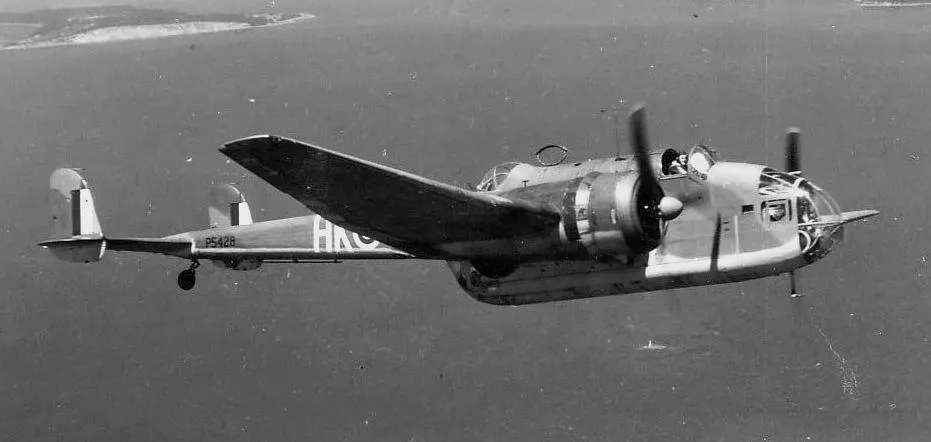Hampden TB.I AE436 PL-J suffered an overheated engine enroute to Murmansk in northern Russia from the Shetland Islands. The aircraft flew into Tsatsa Mountain, Kvikkjokk, Sweden, due to icing and engine problems.
Killed includes Campbell:Flying Officer William Henry Bowler RCAF J/7210 KIFA Kviberg Cemetery Sweden grave 2. C. 1c. Flight Sergeant James Steven Jewett RCAF R/56296 KIFA Kviberg Cemetery grave 2. C. 1a.




